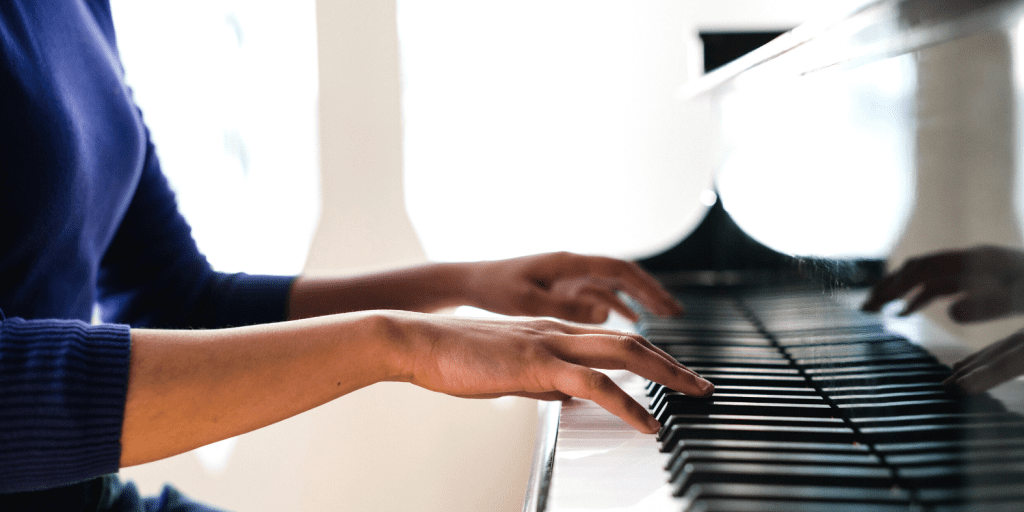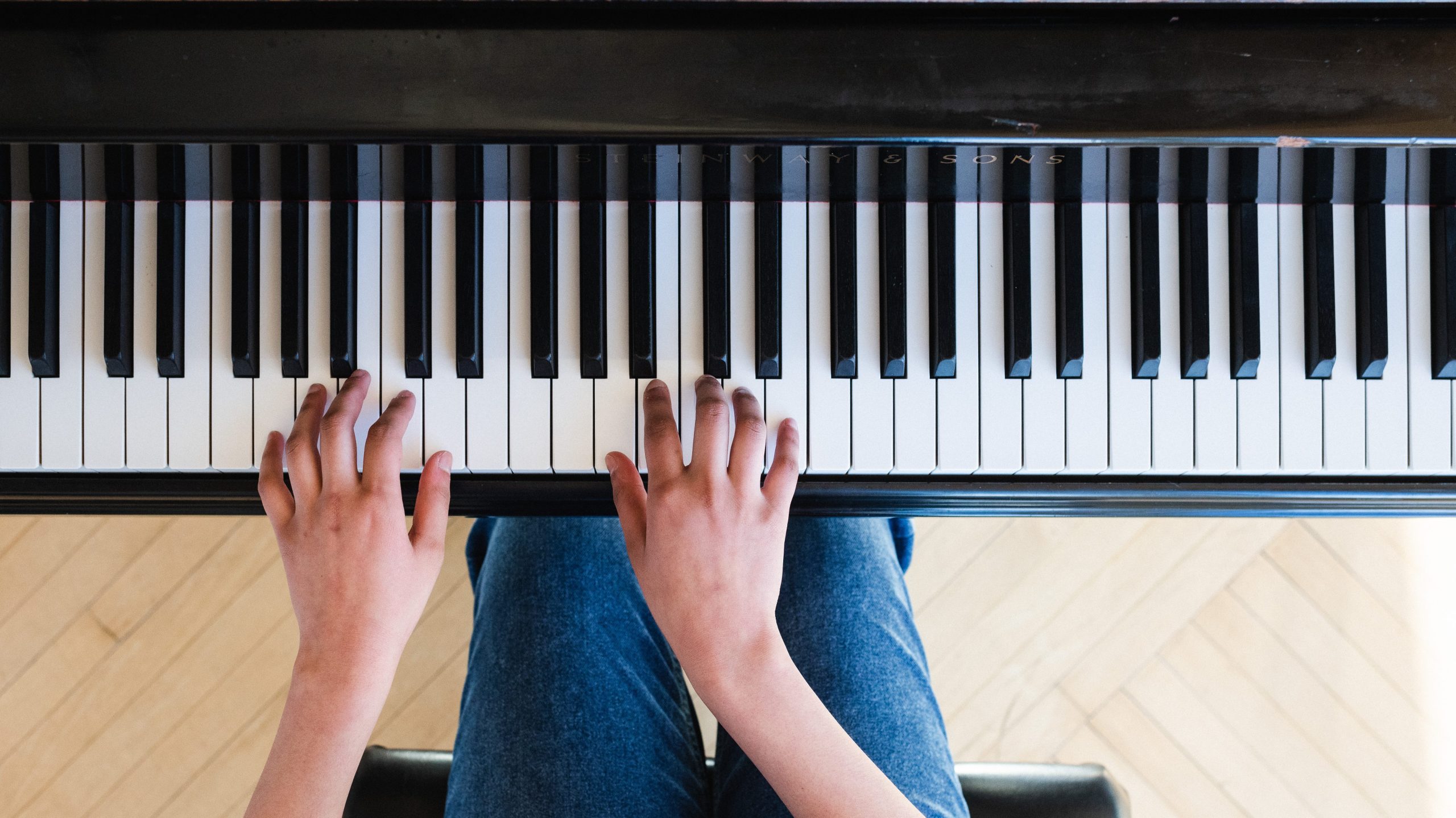We would like to thank Sheryl Iott for collaboration on this post. We encourage you to watch Sheryl’s archived webinar titled, “Music Cognition: Patterns, Predictions and Practice,” by clicking here. Want to watch, but not yet a subscriber? Subscribe now for only $7.99/mo or $36/year.

1. Practice doesn’t make perfect.
Not even perfect practice! What practice does is establish a series of habits—motions in response to thoughts (or the lack thereof). Mindful practice and observation of the results of intentional effort can create a faster and more secure learning pathway.
2. Practice doesn’t require playing.
In fact, a lot of really effective practice happens using various mental practice/rehearsal strategies. Many might be familiar with mental practice for memorization—mental practice is one of the best ways to learn, check, and reinforce our memory—but mental practice can also be implemented in other ways. For example, in between repetitions of something that you are drilling, you might plan/imagine the passage and your actions, execute, and then observe and evaluate what you did, how it felt, and what its result was. Mental imagery practice actually reinforces many components of learning that contribute to performance security as well as the flexibility required to adapt on the spot to a different instrument, changes in acoustics based on the size or seating of an audience, and subtle differences in interpretation from collaborators during performance.
3. Music reading is important, so you probably shouldn’t teach it at the first lesson.
Unless a student has had experience reading music already, first lessons are better spent doing things like exploring the instrument, learning rote songs, playing call and response rhythms, and honing a relaxed and appropriate physical approach. A solid musical foundation, based in the development of audiation, lays important groundwork for music reading, just like a rich and varied speaking vocabulary helps young people learn to read.

4. The right side of your brain does more than “run” the left side of your body, and vice versa.
Everyone knows that much of the motor signaling to your body comes from the opposite hemisphere of the brain. But both hemispheres of the brain are always active in any activity, no matter what you are doing. There are also various roles played by each hemisphere, such as the left side of the brain’s preference for processing isolated pieces of information, narrow/focused attention, and prioritizing the expected, including quick selection of what seems to be the best solution based on what it already knows, compared with the right side of the brain, which deals better with the sense of the whole (the “Gestalt”), breadth/flexibility of attention, seeing things within their context, embracing of new experiences, and remembering/distinguishing between various things that may be quite closely related.
There are even differences in musical processing, with the left brain more effectively processing basic/metrical rhythms, and focusing on the sequencing of time, whereas the right brain does better with melody/tone/timbre/pitch processing, more complex rhythms, harmony and intonation.
Since we want to involve all of these components in music learning, and add to that the importance of a firm neural network for hands-together playing for pianists, hands-together learning alternating with hands-separate practice is crucial at even the earliest stages of learning new repertoire. We can go about this through careful structuring of various hands-together practice, such as playing one hand while tapping the rhythm of the other; scaffolding practice where we only play the downbeat or strong beats of one hand against the complete other part; or other chunking strategies such as playing blocked chords instead of patterned accompaniments, etc.
5. Musicians can, and do, multitask.
While we are playing, whether we are reading a new piece or playing something familiar, we take in or remember the next chunk of information and send that information to the part of our brain that triggers the physical response. As we are executing that physical response, our brain is processing the next chunk of information, ideally while our sensory inputs are analyzing the result of our physical execution. Since each of these components utilizes a different cognitive “system,” we are, in fact, multitasking. What this means for us in practice is that the larger and more coherent our “chunks” are, and the more reliably our physical responses are programmed in response to those chunks through mindful and observant practice, the better each of those systems will work in coordination with each other.

More on practicing
- WEBINAR ARCHIVE: Let’s Talk About Practicing with Barbara Fast and Spencer Myer
- WEBINAR ARCHIVE: Practicing and the Brain with Barbara Fast and Molly Gebrian
- WEBINAR ARCHIVE: Practicing Piano through the Early Stages with Sara Ernst
- ARTICLE: The “How-Tos” of Practicing by Joanne Haroutounian
- ARTICLE: The Art of Practicing: I Really Should Be Practicing Well by Bruce Berr
- ARTICLE: The Art of Practicing: Broad Principles by Scott McBride Smith
- ARTICLE: Productive Practicing: The Hidden Part of the Iceberg by Peter Jancewicz
- ARTICLE: Practicing Alongside Our Intermediate Students by Sara Ernst
- And many more! Use our search feature to discover more resources on practicing.